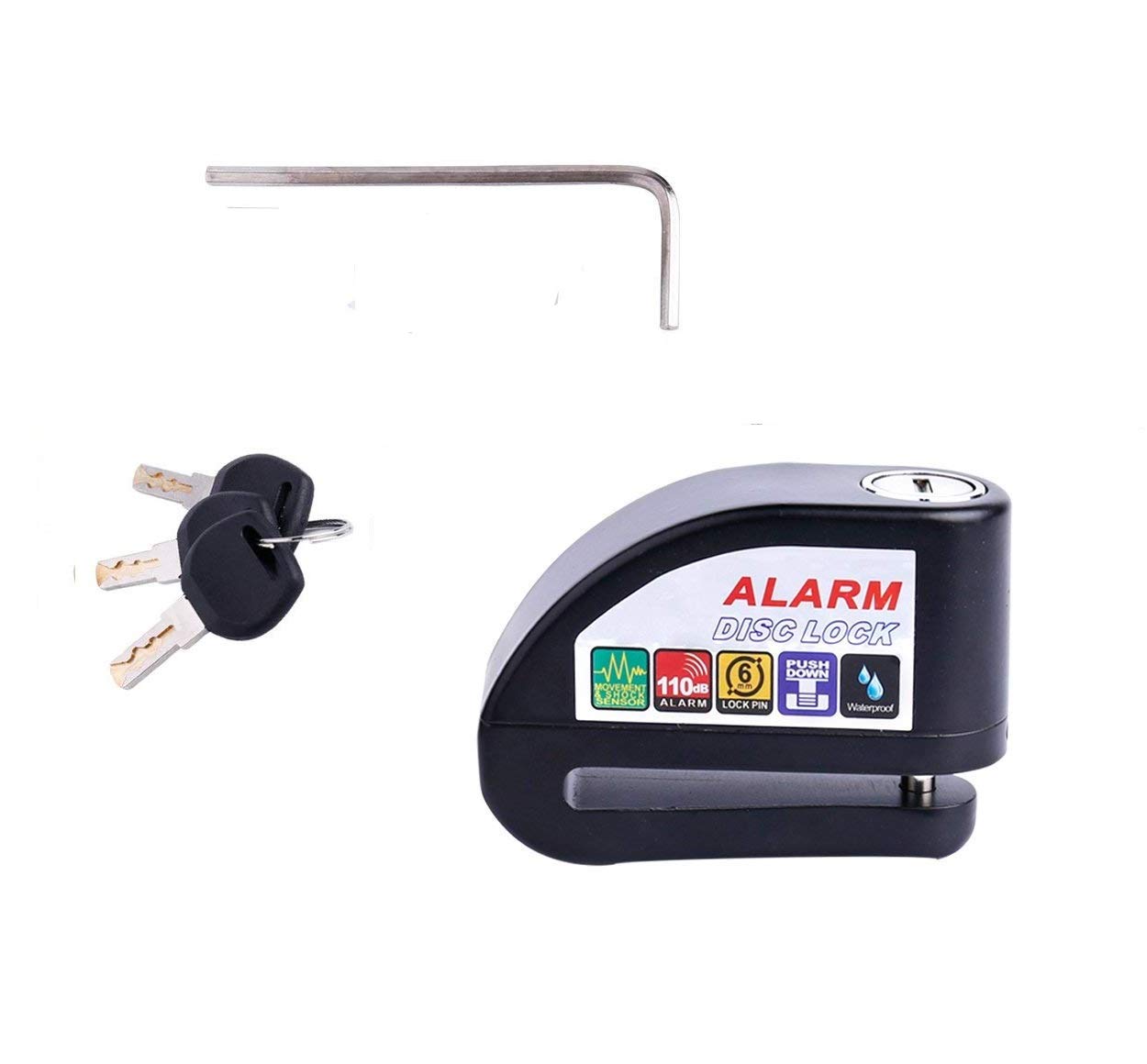
For more information, see Amazon RDS Database Log Files. You can also query some database log files that are loaded into database tables. Database log files – View, download, or watch database log files using the Amazon RDS console or Amazon RDS API actions.For more information, see Using Amazon RDS Event Notification. Amazon RDS Events – Subscribe to Amazon RDS events to be notified when changes occur with a DB instance, DB snapshot, DB parameter group, or DB security group.You can use the following automated monitoring tools to watch Amazon RDS and report when something is wrong: We recommend that you automate monitoring tasks as much as possible.
#DISK ALARM MANUAL#
You can configure some of these tools to do the monitoring for you, while some of the tools require manual intervention. For best IOPS performance, make sure your typical working set will fit into memory to minimize read and write operations.ĪWS provides various tools that you can use to monitor Amazon RDS. Investigate if values are consistently different than your baseline. IOPS metrics – The expected values for IOPS metrics depend on disk specification and server configuration, so use your baseline to know what is typical.For more information, see Working with DB Parameter Groups. You can either use an existing parameter group or create a new one. You can determine the number of database connections by associating your DB instance with a parameter group where the User Connections parameter is set to a value other than 0 (unlimited). The best number of user connections for your DB instance will vary based on your instance class and the complexity of the operations being performed. Database connections – Consider constraining database connections if you see high numbers of user connections in conjunction with decreases in instance performance and response time.Investigate network traffic if throughput is consistently lower than expected. Network traffic – For network traffic, talk with your system administrator to understand what expected throughput is for your domain network and Internet connection.

#DISK ALARM ARCHIVE#
See if it is possible to delete data from the instance or archive data to a different system to free up space.


Investigate consistent or trending variances from your baseline. In general, acceptable values for performance metrics depend on what your baseline looks like and what your application is doing. You should collect monitoring data from all of the parts of your AWS solution so that you can more easily debug a multi-point failure if one occurs. Hopefully the developer can find some way around Apple's odd blockade, but in the meantime, Cmd+W will close just the window and leave the menu bar icon.Monitoring is an important part of maintaining the reliability, availability, and performance of Amazon RDS and your AWS solutions. The application used to be able to hide up into the menu bar when you closed the settings window, but as of a recent update, Apple blocked the version that had that ability. You can get Disk Alarm to play an audible alert along with a warning when your disk gets low, but it'll also show how much free space you have in your menu bar for at-a-glance reassurance.

It's nice and simple - you adjust one slider to set the threshold and one to set the check interval. Problem is, unless you watch your HDD space like a hawk, there aren't many visual cues as to when you're running low on space, and that's what Disk Alarm aims to put right.ĭisk Alarm does one thing it checks the amount of free space you have on your main drive and alerts you when you get below a user-definable threshold. It can be pretty easy to fill up all available space with a few large downloads, rendering your computer starved of space and creaking under the strain.
#DISK ALARM PORTABLE#
On today's portable Macs, especially those packing SSDs, storage space can be somewhat limited.


 0 kommentar(er)
0 kommentar(er)
